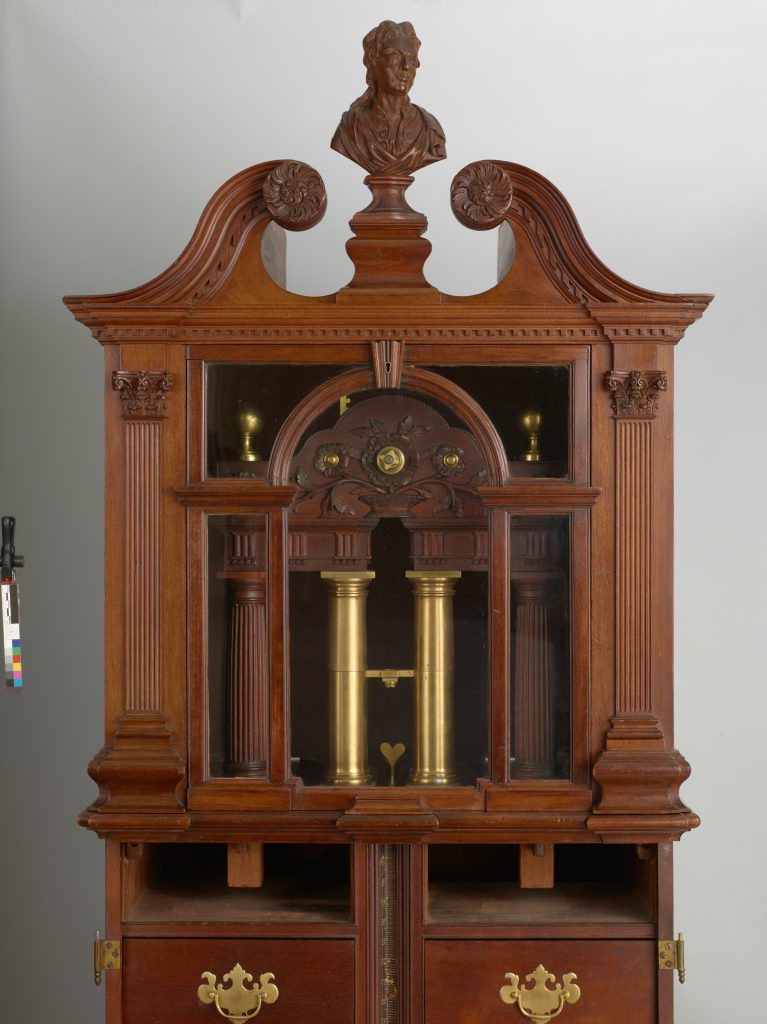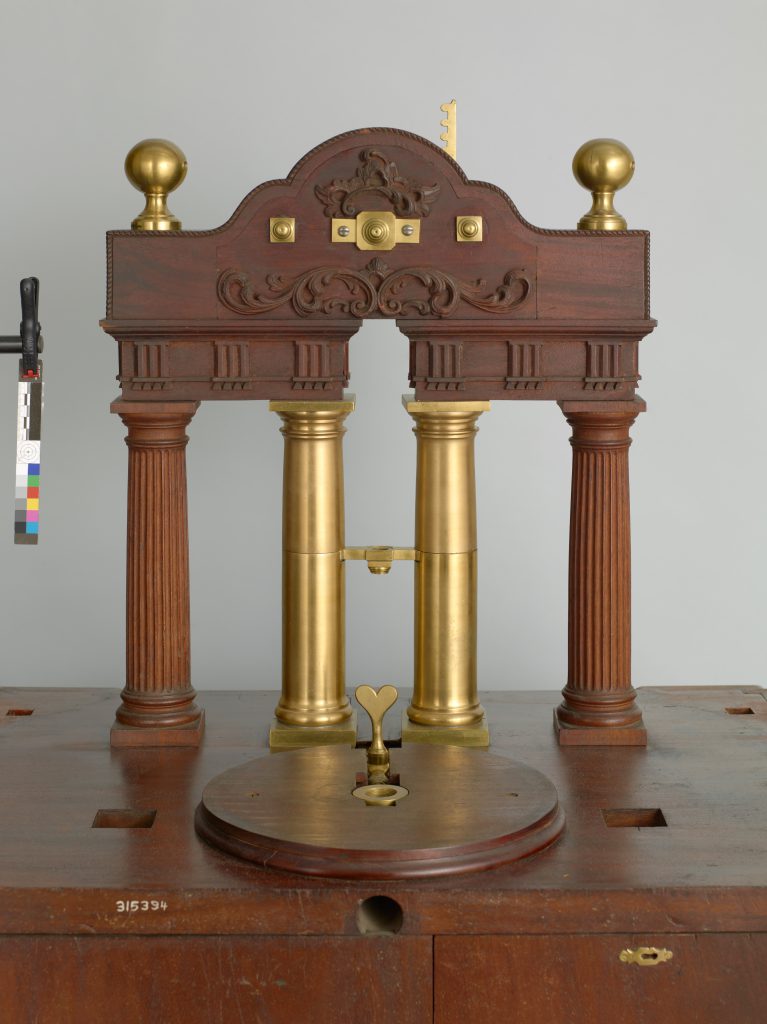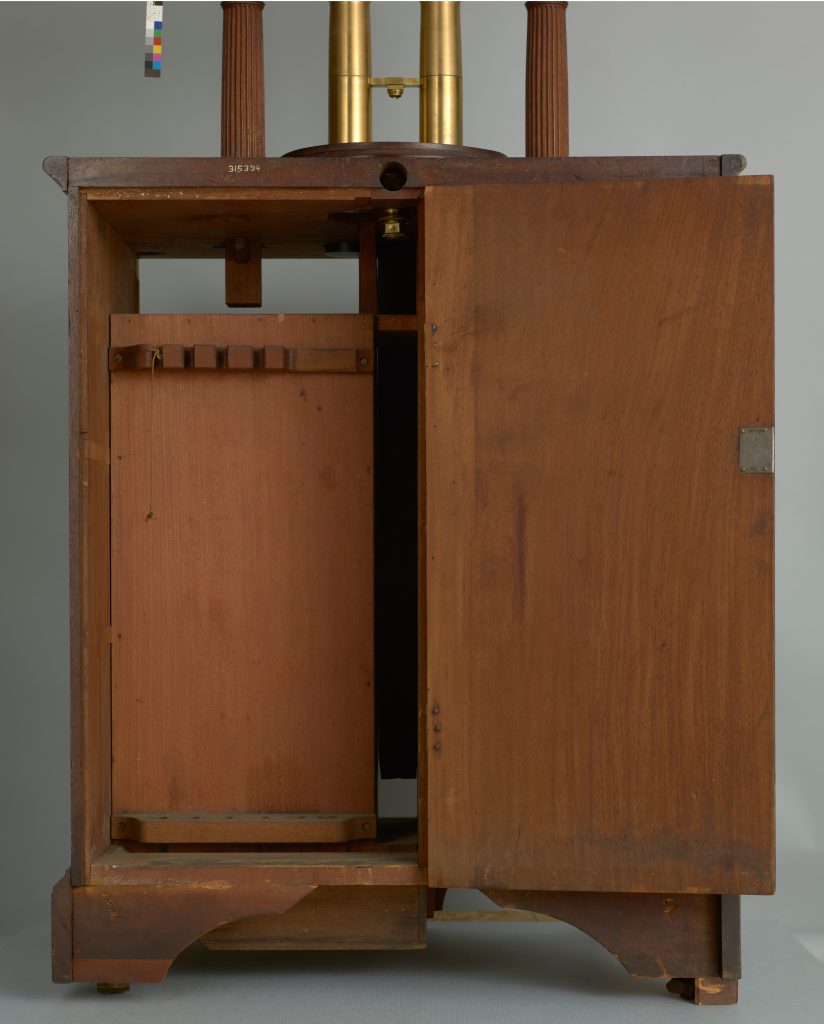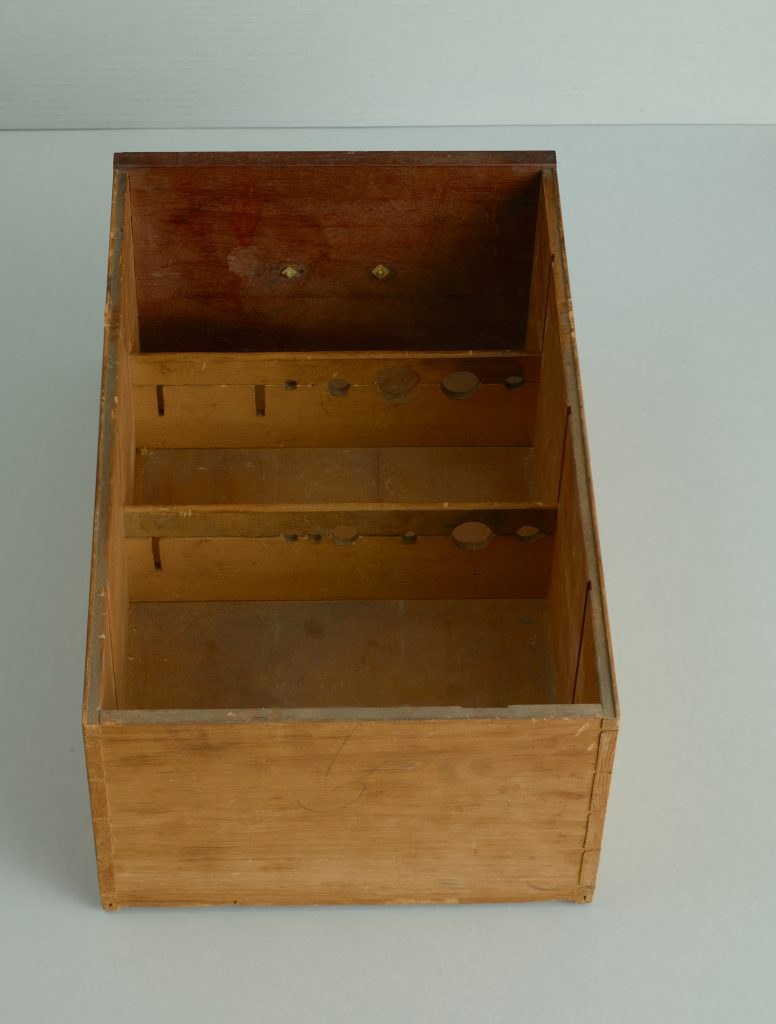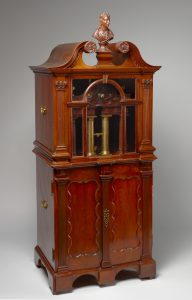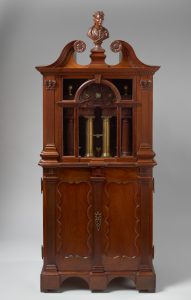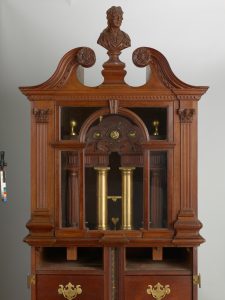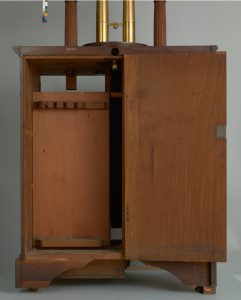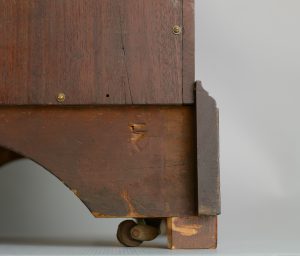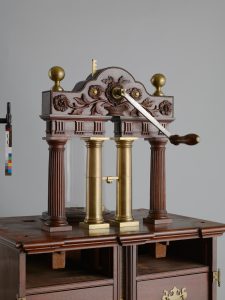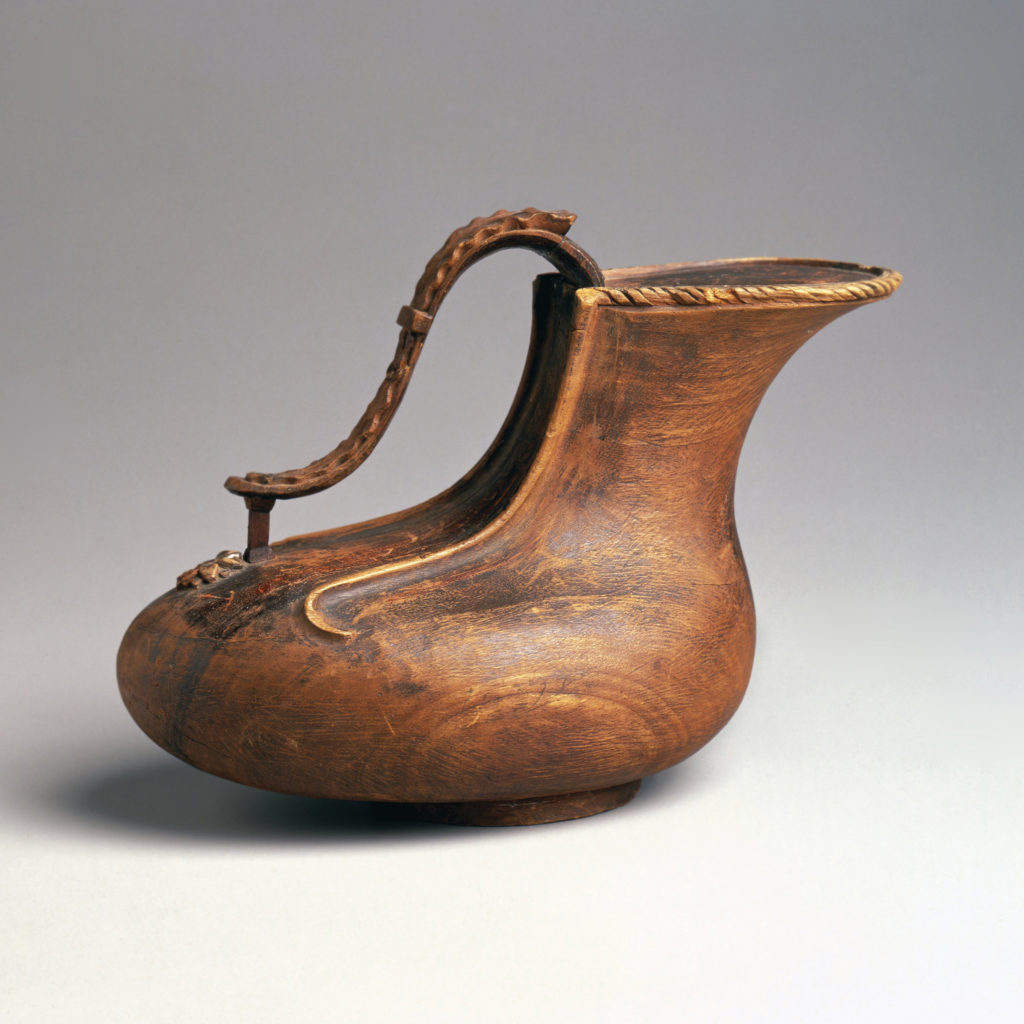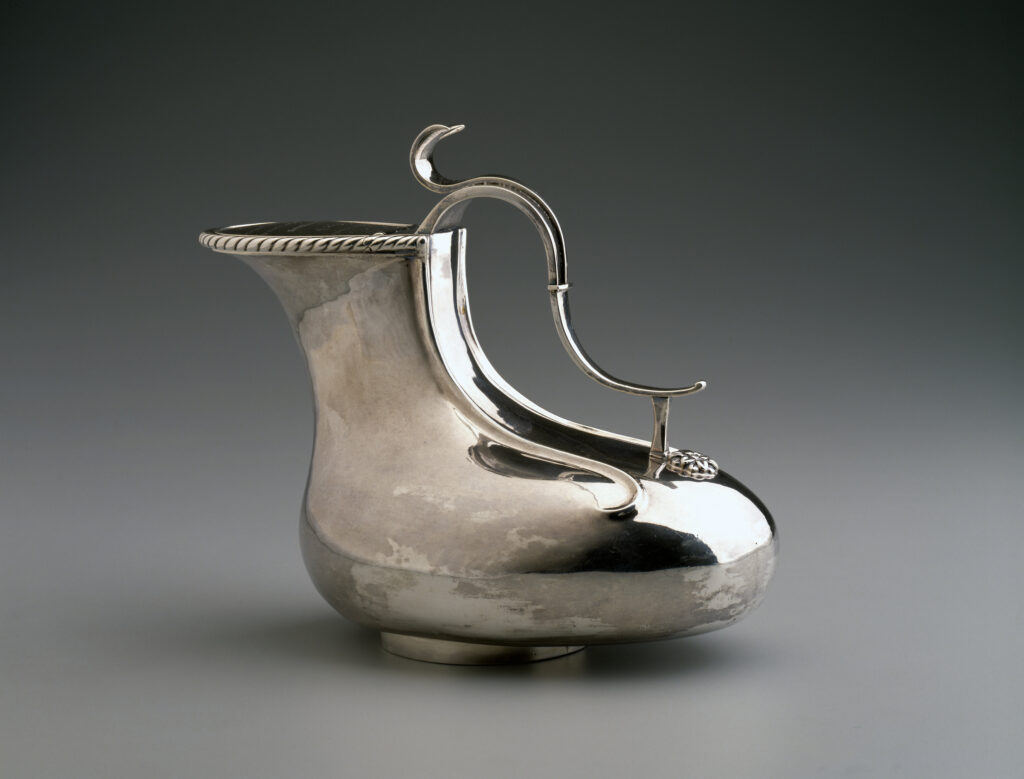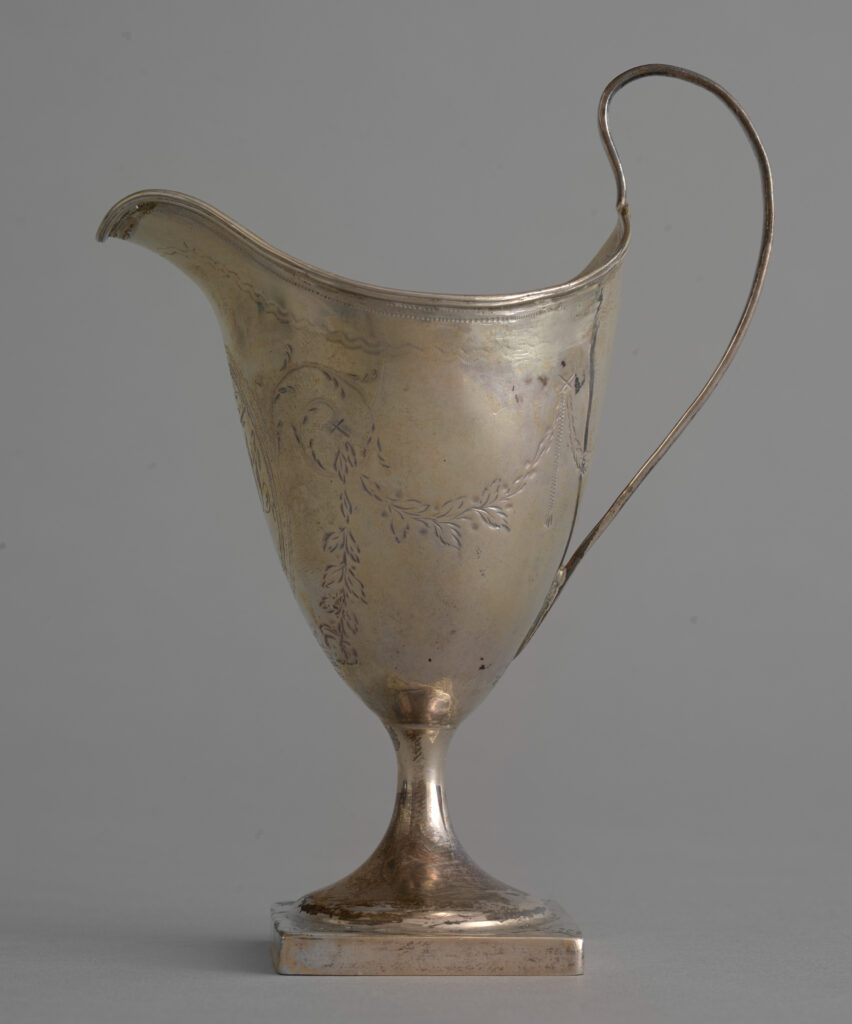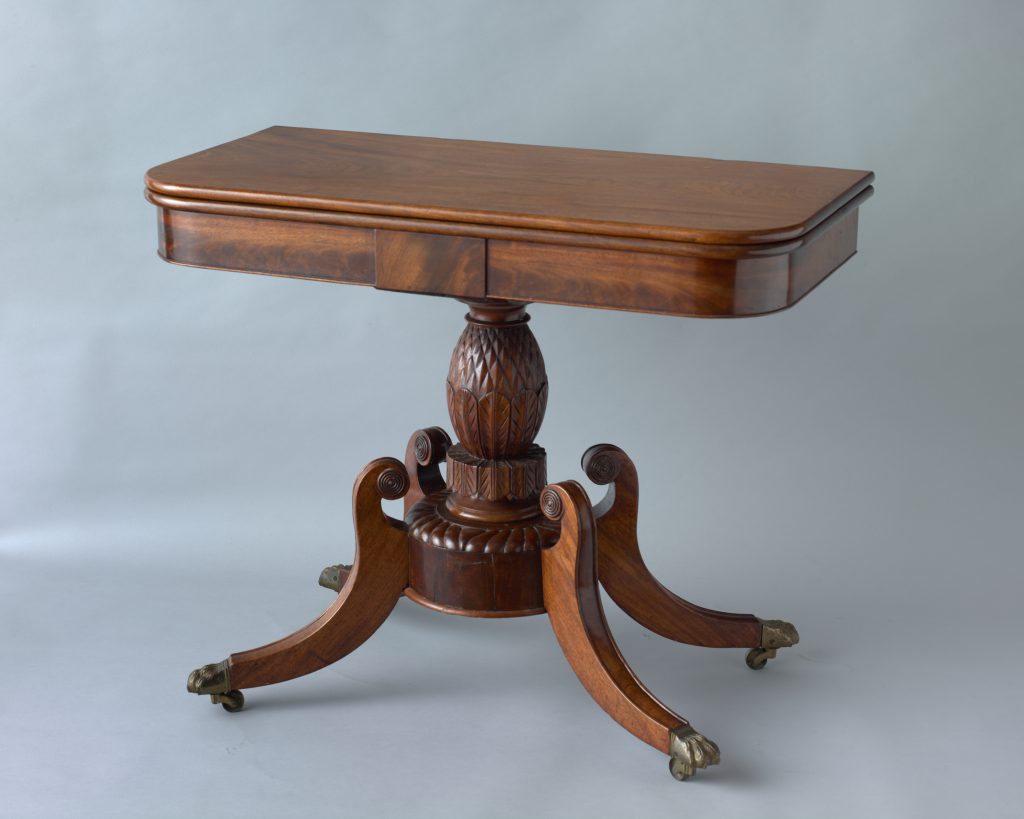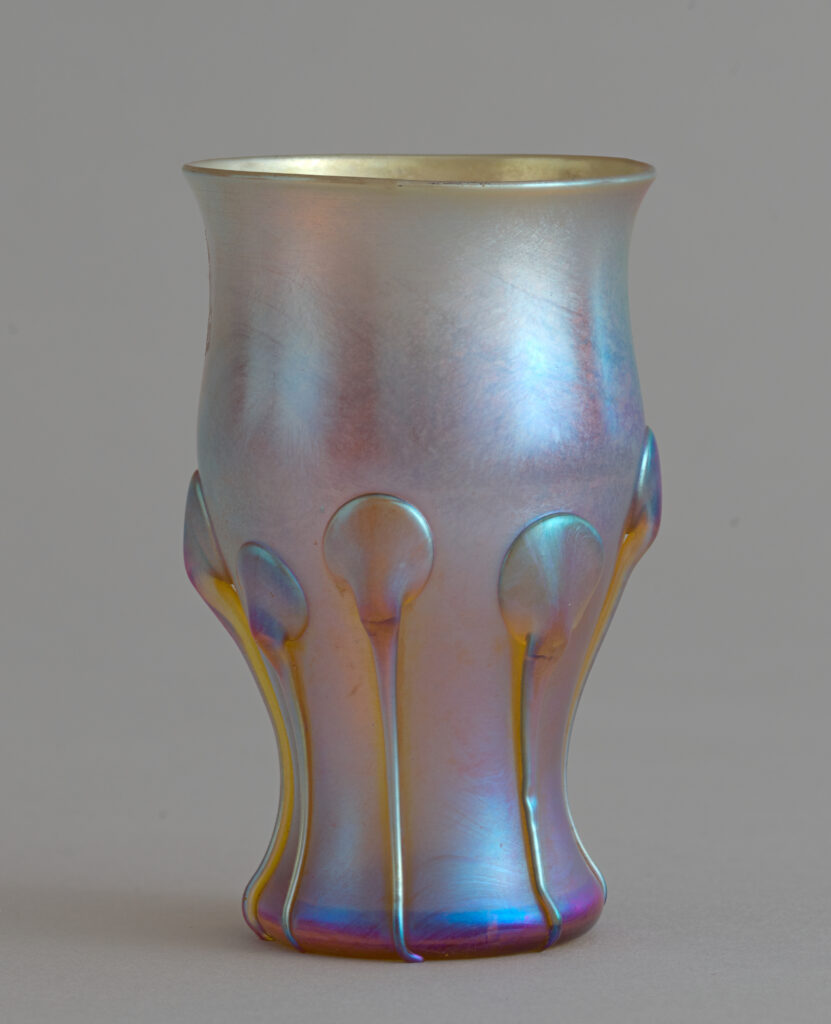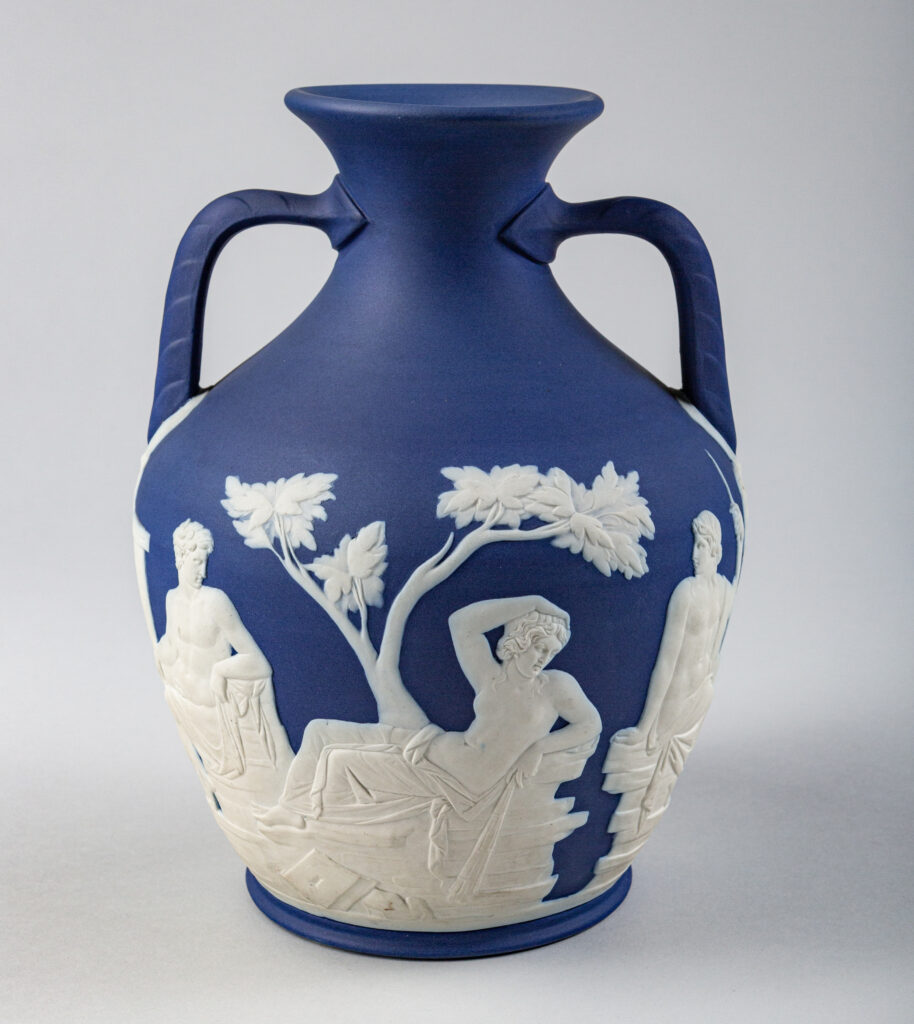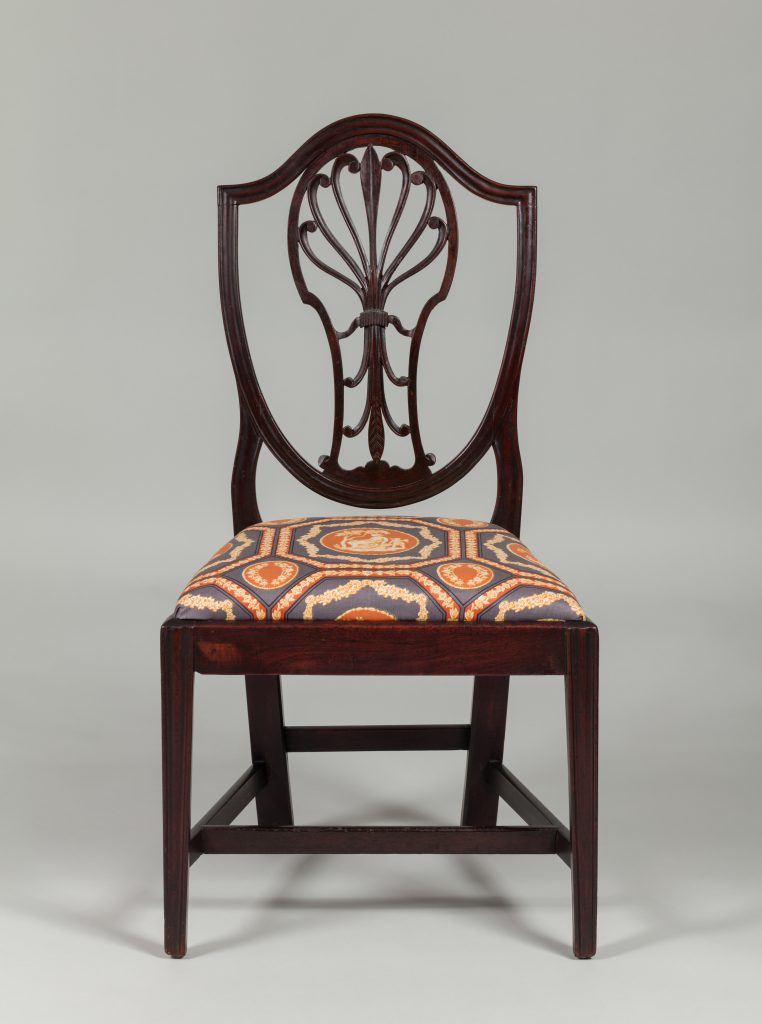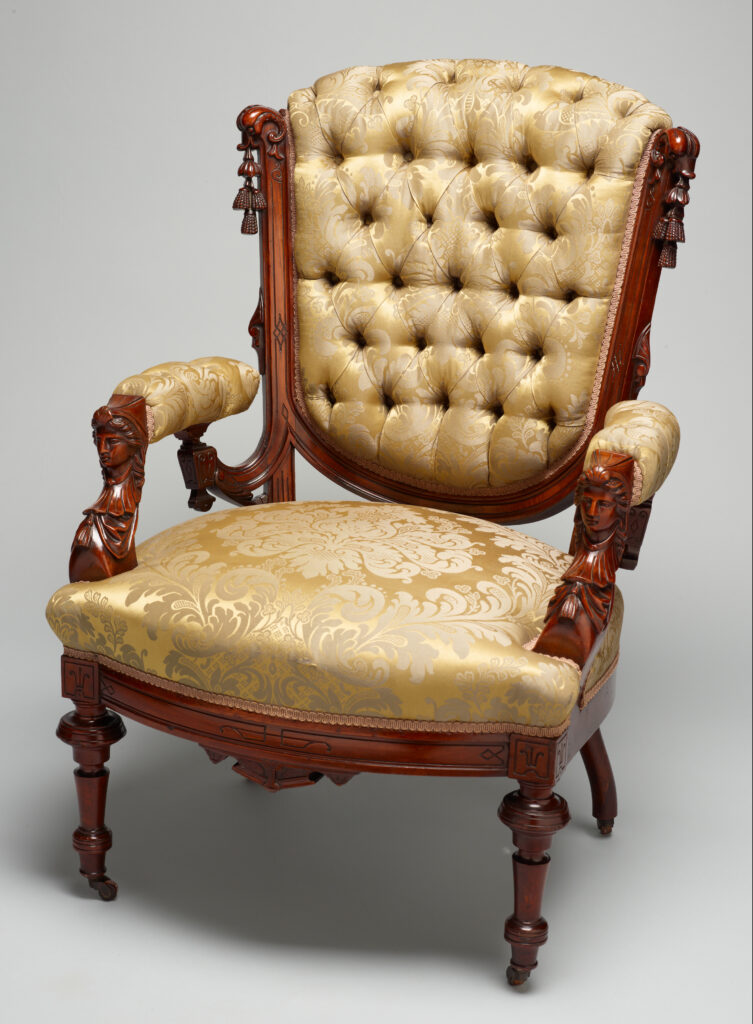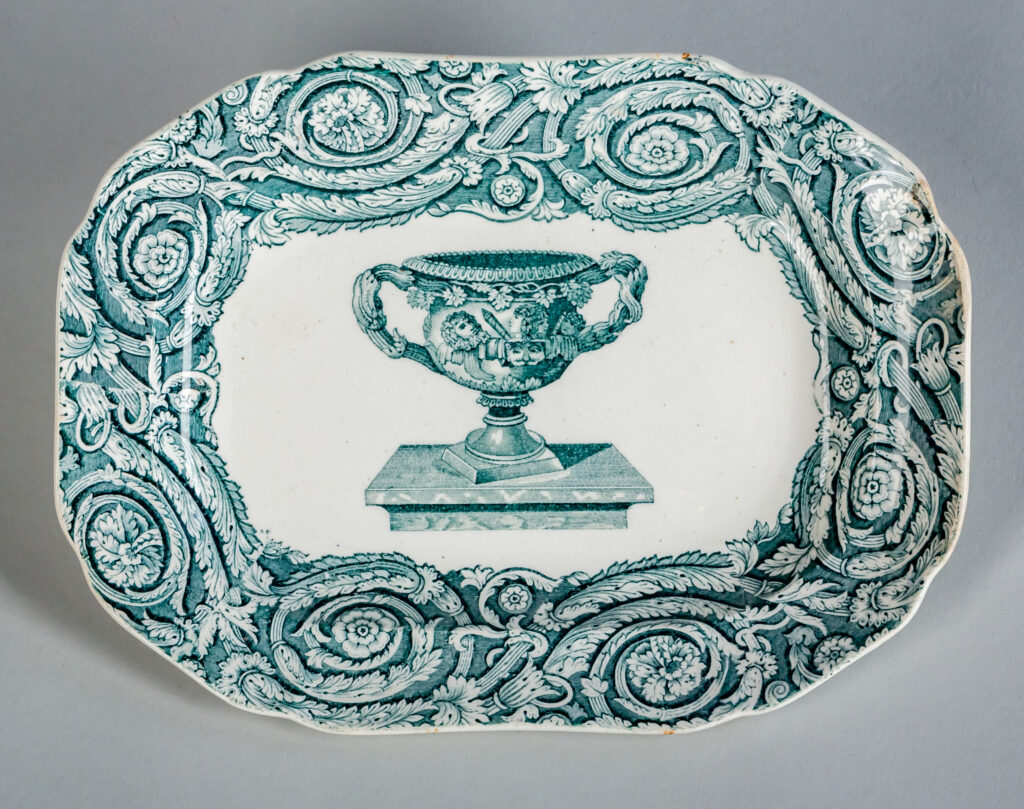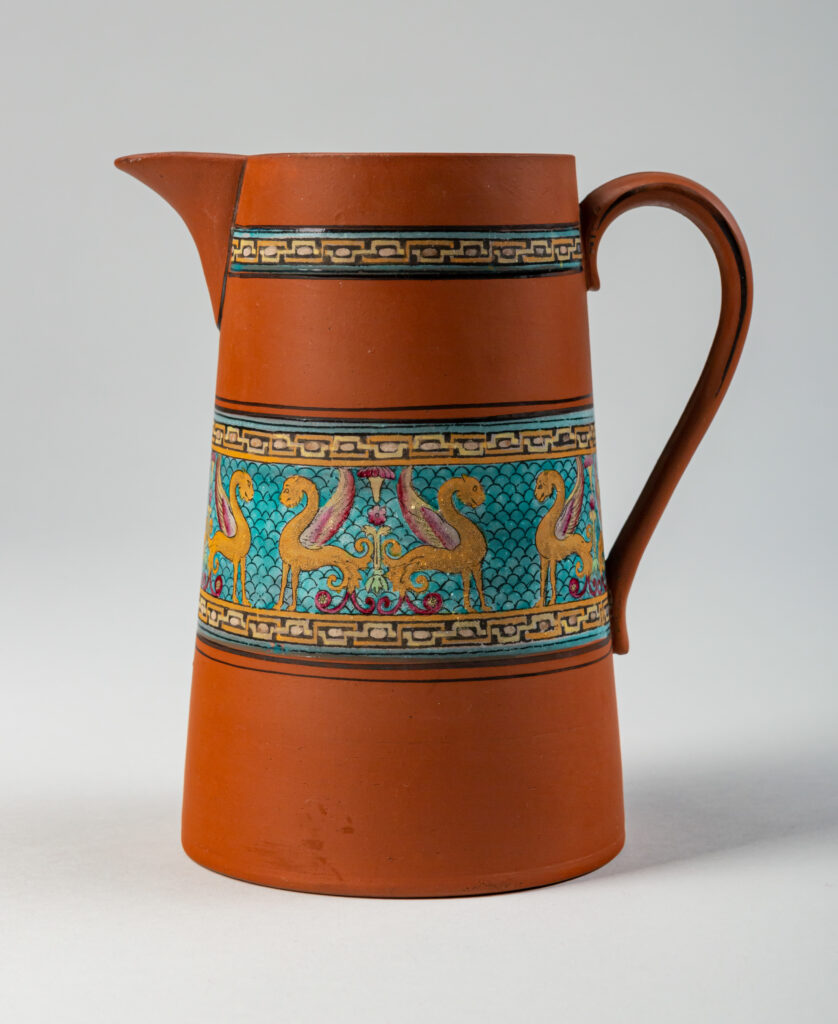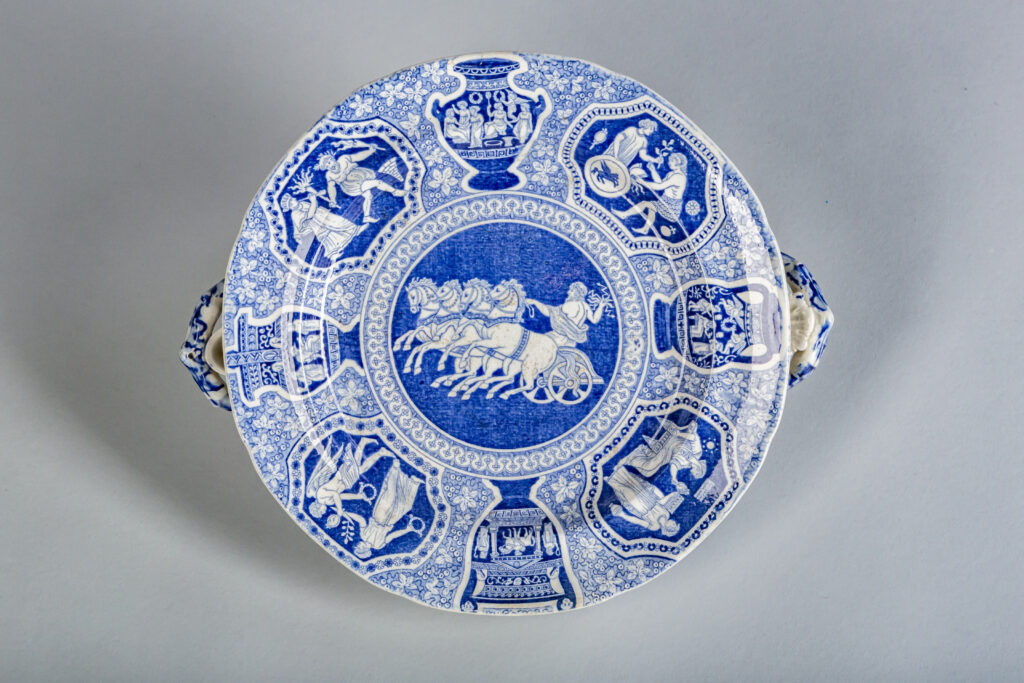Air Pump
Transferred from the College to Museum Collection 2008; and bequest of Mrs. Sylvia E. Ross by exchange
17.2007At the founding of the United States of America, the classical world influenced daily life, from republican politics to furniture design, as seen here. One of America’s finest scientific instruments, this air pump taught the properties of vacuum pneumatics to Bowdoin College students beginning in 1803. Through scientific achievement Americans, John Prince among them, kept apace internationally. Enlightened amateur scientists commissioned costly instruments, such as this pump, and conducted their own experiments, gaining the respect of learned British and European societies. Made of brass and glass parts, the instrument itself is housed in an expensive case of imported mahogany. Its conceit as a temple of learning references Greek and Roman architecture, with carved pediment, Doric columns, and triglyphs and metopes. James Bowdoin II, for whom Bowdoin College was named, helped found the American Academy of Arts and Sciences in Boston in 1780. He included Prince’s “Account of an Air-Pump on a New Construction” in the Academy’s first scholarly papers published in 1785.



